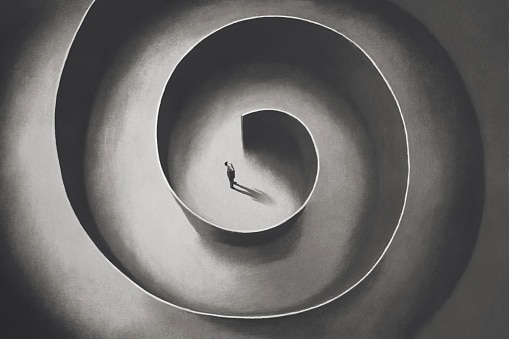Surrealism painting, a 20th-century art movement, is known for its strange and dreamlike images that challenge conventional ideas of reality. This artistic style emerged as a response to the rationality and order of the modern world, seeking to unlock the depths of the unconscious mind. Surrealist artists such as Salvador Dali, Rene Magritte, and Pablo Picasso sought to explore the mysterious and fantastical aspects of the human experience through their artwork. Let’s delve into the key characteristics of surrealism art and its historical context, helping to unlock the mystery behind this captivating artistic movement.

Surrealism is an art movement that emerged in the early 20th century, characterized by its dreamlike and fantastical imagery. It sought to challenge the conventional ideas of reality and explore the depths of the unconscious mind. Surrealist artists aimed to depict the mysterious and fantastical aspects of the human experience through their artwork.
At its core, surrealism painting aimed to tap into the irrational and unconscious aspects of the human mind. It rejected the rationality and order of the modern world, instead embracing the chaos and unpredictability of the subconscious. Surrealist artists sought to go beyond the limitations of reason and logic, allowing their imagination to roam freely.

One of the key characteristics of surrealism is the use of unexpected juxtapositions and symbolism. Surrealist artists often combined unrelated objects or elements to create a sense of surprise and provoke thought. They also employed symbolism to convey hidden meanings and explore the deeper layers of the human psyche.
The techniques used in surrealism painting often involved automatism and chance. Automatism refers to the spontaneous and automatic creation of art, without conscious control or premeditation. Surrealist artists would allow their hand to move freely, giving way to unconscious thoughts and impulses. Chance played a role in the creative process as well, with artists embracing accidents and random occurrences to guide their artistic decisions.
Surrealism was not limited to traditional visual arts. It also influenced literature, film, theater, and other creative disciplines. Surrealist writers, for example, used automatic writing to produce texts that bypassed conscious control and tapped into the depths of the unconscious mind.

The historical context of surrealism is closely tied to the aftermath of World War I and the rise of Freudian psychoanalysis. The trauma and disillusionment caused by the war, coupled with the growing interest in exploring the human psyche, provided fertile ground for the development of surrealism. Artists sought to express their anxieties, desires, and unconscious thoughts through their artwork, creating a rich and enigmatic visual language.
In conclusion, surrealism is an art movement that challenges conventional reality and delves into the depths of the unconscious mind. It embraces the irrational, the unexpected, and the mysterious, using symbolism, automatism, and chance to create captivating and thought-provoking works of art. By understanding the essence of surrealism, we can unlock the mystery behind this fascinating artistic movement.